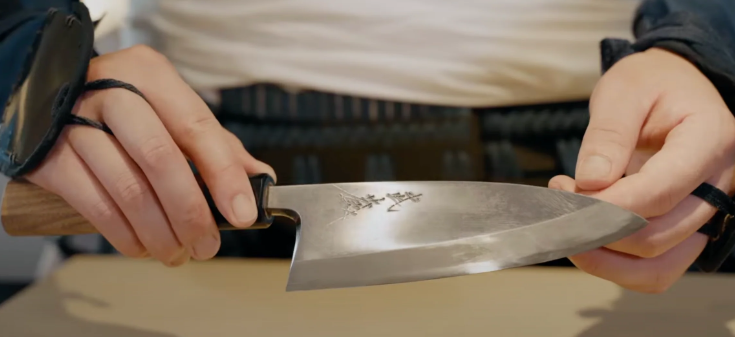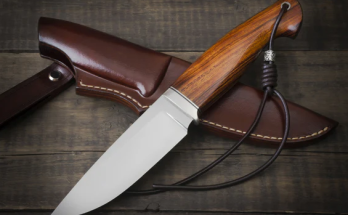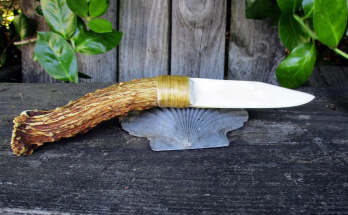Japanese knives stand out for several unique reasons, contributing to their esteemed reputation among culinary professionals and enthusiasts alike:
- High-Quality Steels: Japanese knives are often forged from high-carbon or powder steels, a tradition that originates from the katana-making process. These materials result in blades with higher hardness levels, typically ranging from 56-62 HRC, compared to Western knives, which generally fall between 50-56 HRC. This enhanced hardness allows them to achieve a sharper edge, making them particularly effective for precision tasks.
- Beautiful and Ergonomic Handles: The handles of Japanese knives come in a diverse array of shapes and materials. Unlike Western knives, which traditionally feature a full tang, they offer various handle designs such as oval, octagon, and D-shape.
These handles are crafted from local materials and are designed to provide both aesthetic appeal and practical benefits. For instance, oval handles are traditional and elegant, octagon handles offer a secure grip even when wet, and D-shape handles provide excellent grip but are typically suited for right-handed users. - Longevity and Durability: Japanese knives are not only celebrated for their performance but also for their longevity. With proper care, these knives can last a lifetime, making them a worthwhile investment. Their durability means they remain reliable and effective over many years, offering continued value and performance in the kitchen.
- Superior Edge Retention: One of the defining features of Japanese knives is their superior edge retention. Crafted from high-quality, high-carbon steels, these knives are designed to maintain their sharpness over extended periods. This high level of edge retention reduces the frequency of sharpening needed, allowing the blade to perform consistently over time. The meticulous forging process and traditional heat treatments contribute to the blade’s hardness and overall durability.
- Higher Threshold for Sharpening: Japanese knives can be sharpened to a much finer angle due to their harder steel. This fine sharpening capability results in an exceptionally sharp blade that slices through food with greater ease. This fine edge reduces the strain on your hand’s muscles and joints, providing a more comfortable cutting experience and enhancing overall efficiency in the kitchen.



